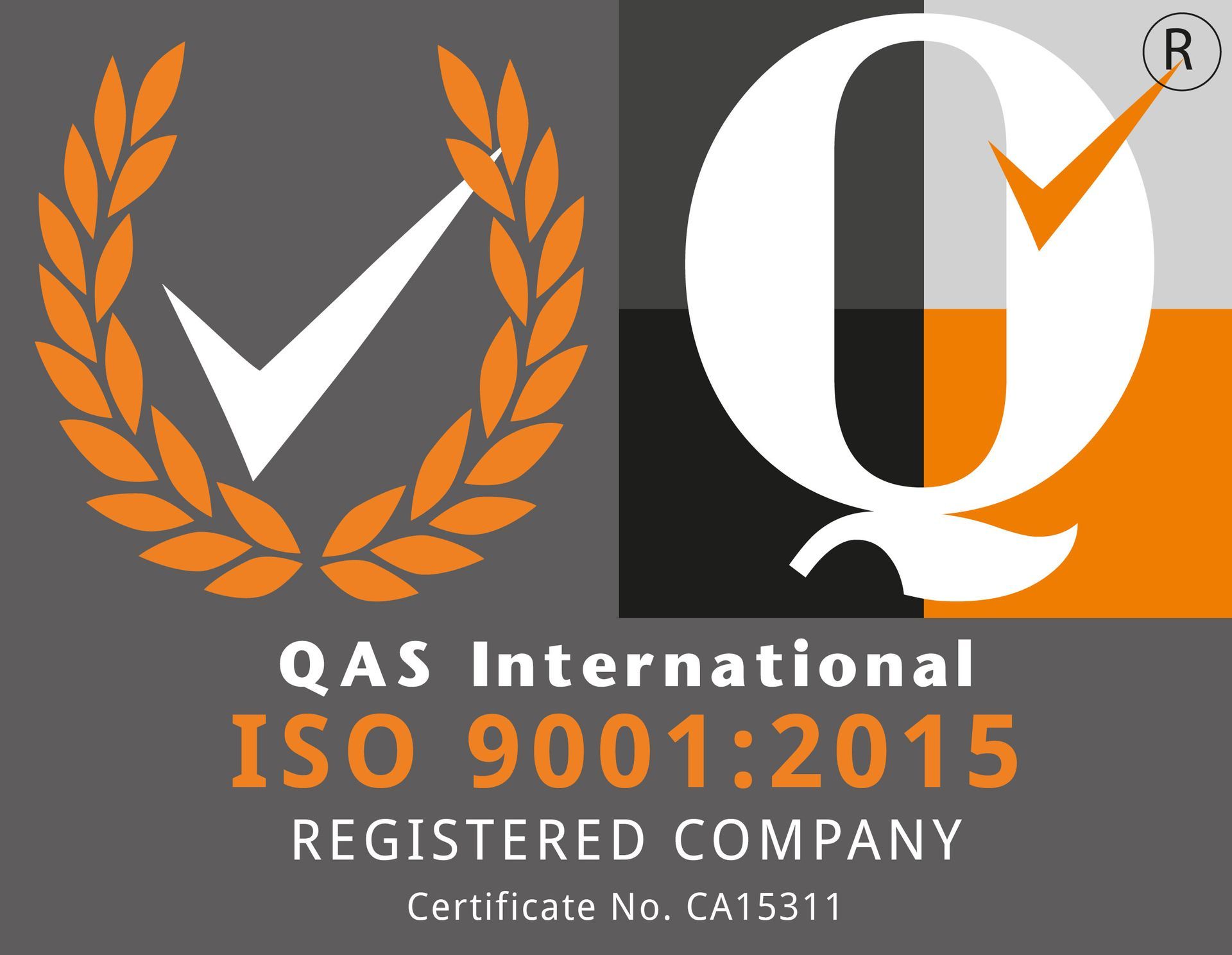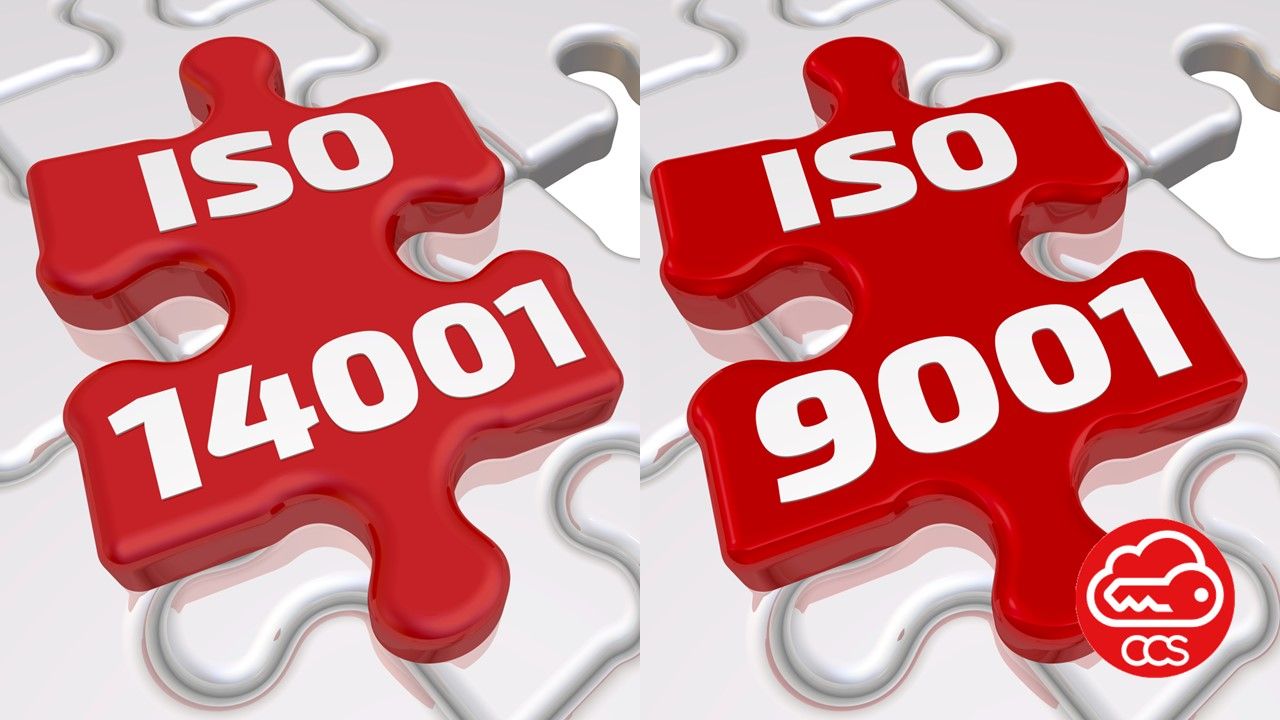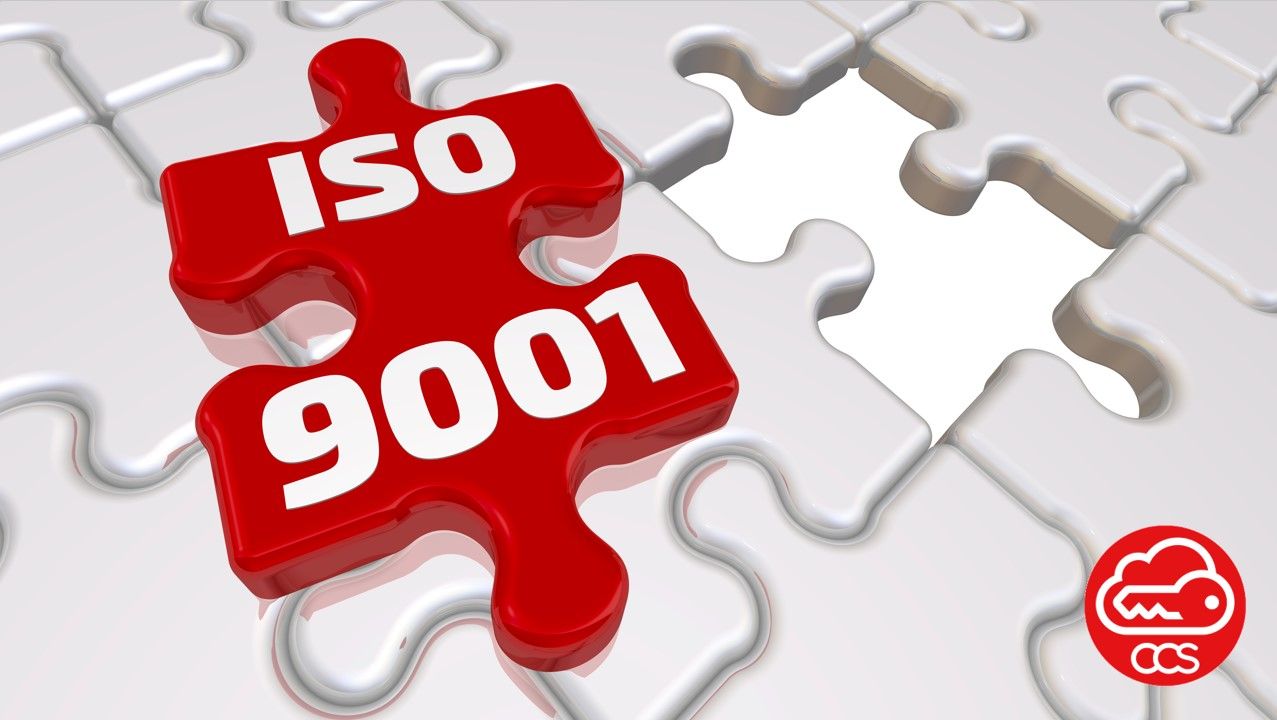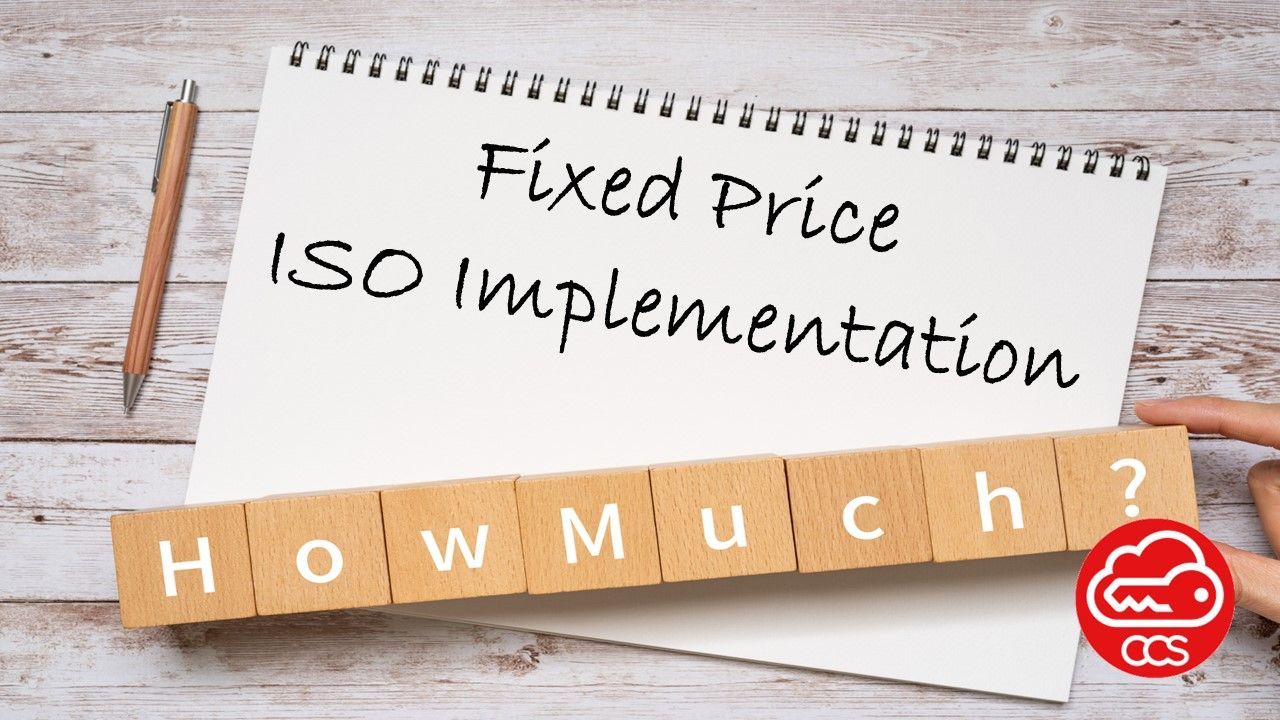Integrating ISO 9001 and ISO 14001:
Common Arguments For and Against Their Integration
Managing both quality and environmental aspects is crucial for businesses seeking to demonstrate their commitment to customer satisfaction and environmental sustainability. ISO 9001 and ISO 14001 are two widely recognised international standards that focus on quality management and environmental management, respectively.
While each standard addresses specific areas, integrating ISO 9001 and ISO 14001 can bring numerous benefits, fostering synergies between quality and environmental objectives.
This article explores the advantages of integrating these management systems and addresses common arguments for and against their integration.
Arguments for Integration of ISO 9001 and ISO 14001:
- Streamlined Processes:
- Integrating ISO 9001 and ISO 14001 reduces duplication of efforts by streamlining processes such as documentation, audits, management reviews, and training. This results in greater efficiency and reduces the administrative burden.
- Cost Savings:
- A single management system lowers the cost of implementation, maintenance, and certification audits. Resources such as personnel, training, and internal audits can be shared across both standards, leading to significant savings.
- Holistic Approach to Risk Management:
- Integration allows organisations to address both quality and environmental risks simultaneously. This results in a more cohesive strategy for continuous improvement, which benefits both operational efficiency and environmental sustainability.
- Improved Stakeholder Communication:
- An integrated system can enhance communication with stakeholders by providing a unified approach to compliance, customer satisfaction, and environmental responsibility. This can improve an organisation’s public image and its relationships with customers, regulators, and suppliers.
- Enhanced Strategic Alignment:
- Combining both standards enables organisations to align quality and environmental objectives with the overall business strategy, leading to better long-term planning and decision-making.
Arguments against Integration of ISO 9001 and ISO 14001:
While the integration of ISO 9001 and ISO 14001 offers numerous advantages, some arguments against integration are often raised:
- Complex Implementation:
- Integrating two management systems can be complex, especially for organisations that are large or have established separate processes for quality and environmental management. This complexity can lead to confusion, mismanagement, or prolonged implementation periods.
- Specialised Focus:
- ISO 9001 and ISO 14001 have different objectives—quality versus environmental impact. Integrating them might dilute the focus on either standard, making it harder to meet the specific requirements of each system effectively.
- Cultural Resistance:
- Different departments may resist integration due to the differing cultures and goals of quality and environmental management. For example, quality management may focus more on customer satisfaction, while environmental management is more concerned with regulatory compliance, leading to internal friction.
- Risk of Overgeneralisation:
- A single system may encourage a "one-size-fits-all" approach, which could result in overlooking unique requirements that are critical for either ISO 9001 or ISO 14001. This could ultimately compromise compliance or performance in both areas.
- Initial Costs and Disruption:
- While long-term cost savings may be achieved, the initial cost and disruption during the integration process can be significant. This includes retraining staff, restructuring processes, and possibly upgrading technology systems, which can burden an organisation during the transition phase.
Integrating ISO 9001 and ISO 14001 management systems offers significant benefits for organisations seeking to enhance their quality and environmental performance. By promoting consistency, optimising resources, and taking a holistic approach to stakeholder expectations and risk management, businesses can achieve greater operational efficiency and stakeholder satisfaction.
While concerns about complexity and focus dilution may arise,
proper
planning, implementation, and ongoing management can address these challenges effectively.
Ultimately, integrating ISO 9001 and ISO 14001 provides a synergistic approach to quality and environmental management, fostering sustainable business practices and positioning organisations for long-term success.






